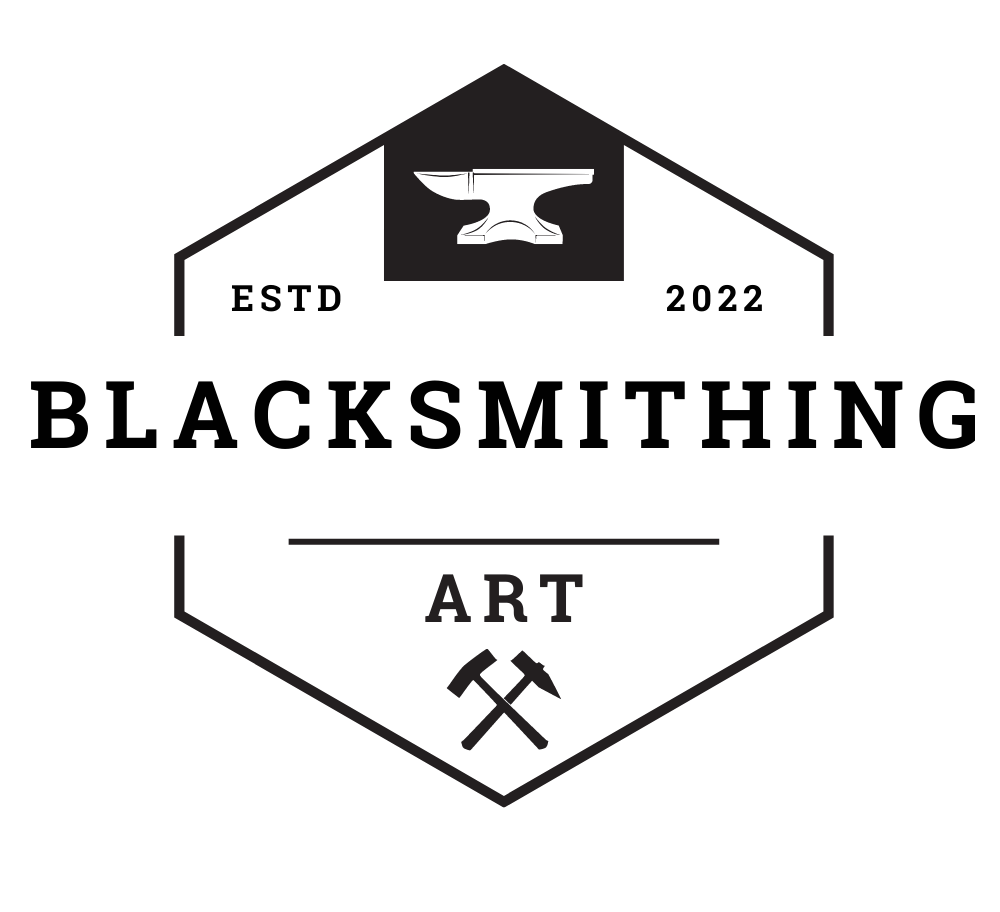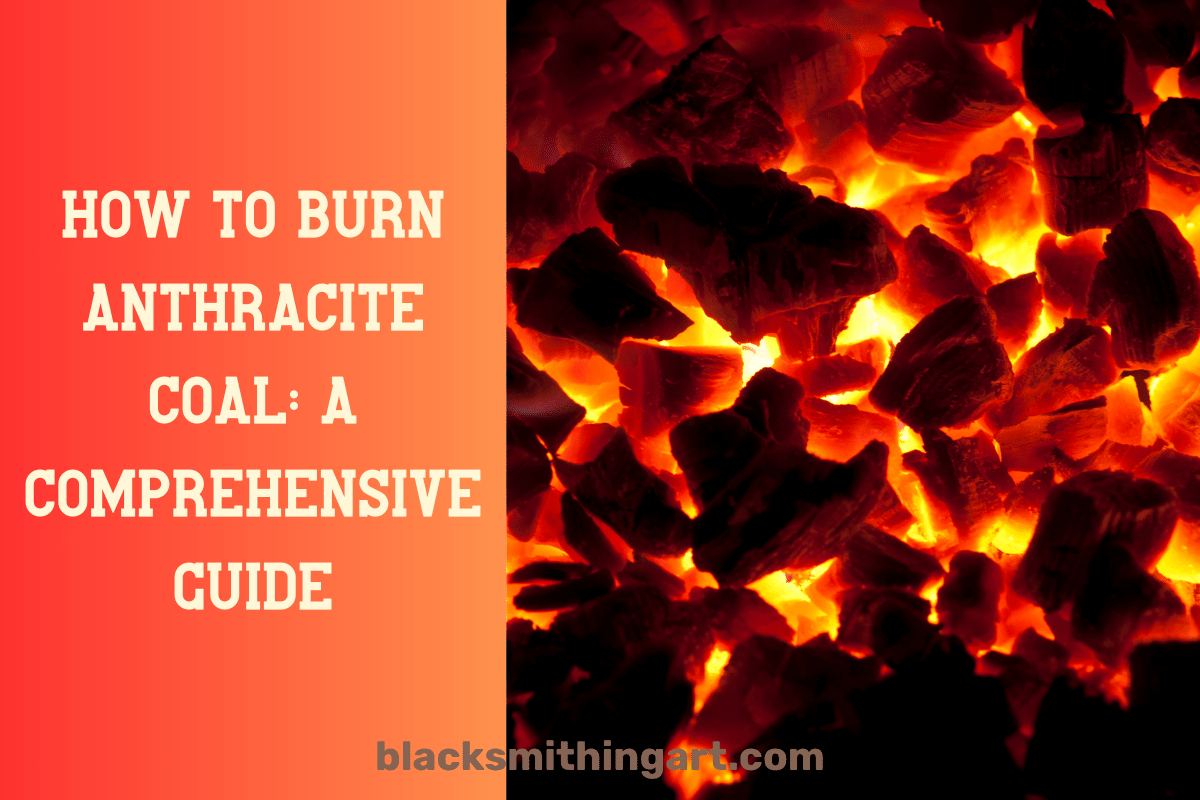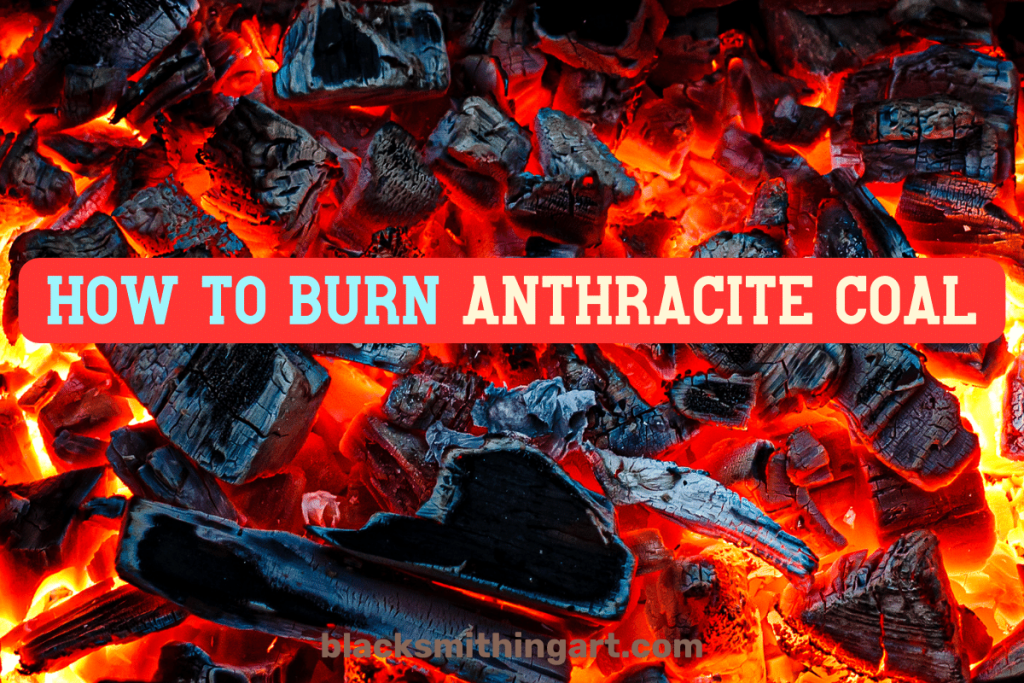
Anthracite coal is a clean-burning, high-energy, and low-emission fuel that has been used for heating and industrial purposes for centuries. Learning how to burn anthracite coal effectively can help you harness its many benefits while minimizing its environmental impact. You can read about welding thin metals on my website as well.
In this comprehensive guide, we will walk you through the steps and provide tips for safe and efficient anthracite coal combustion.
Contents
What is anthracite coal?
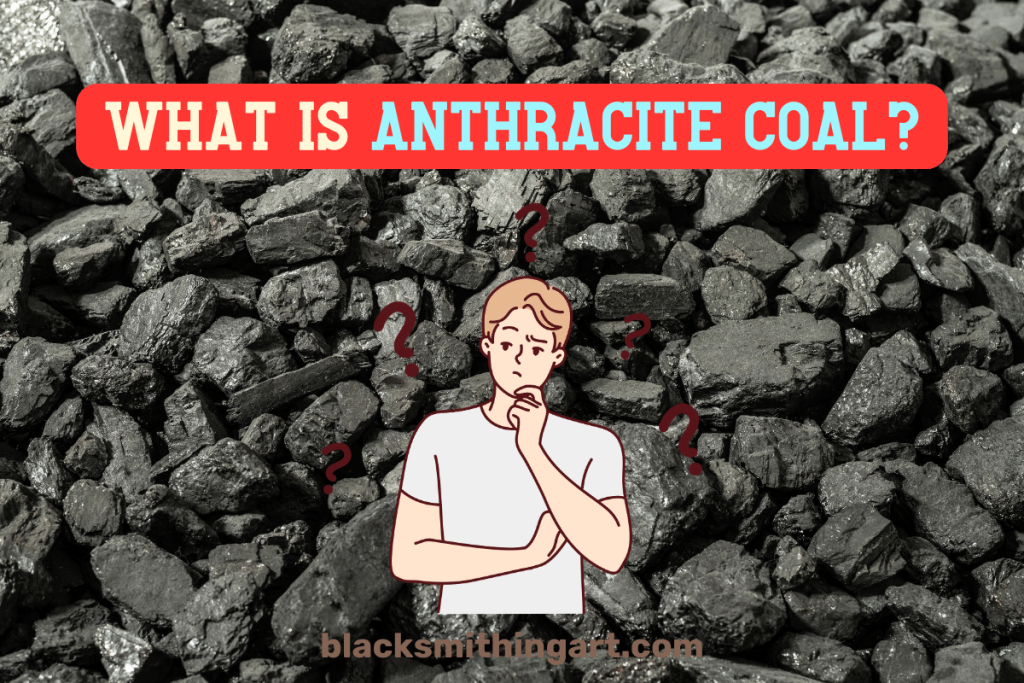
Anthracite coal is a type of hard coal known for its high carbon content, low sulfur emissions, and energy efficiency. It’s a popular choice for heating homes and businesses due to its consistent and sustained the more heat output.
However, the almost pure carbon that allows burning anthracite coal requires specific techniques and equipment to ensure clean and efficient combustion.
Materials and equipment needed
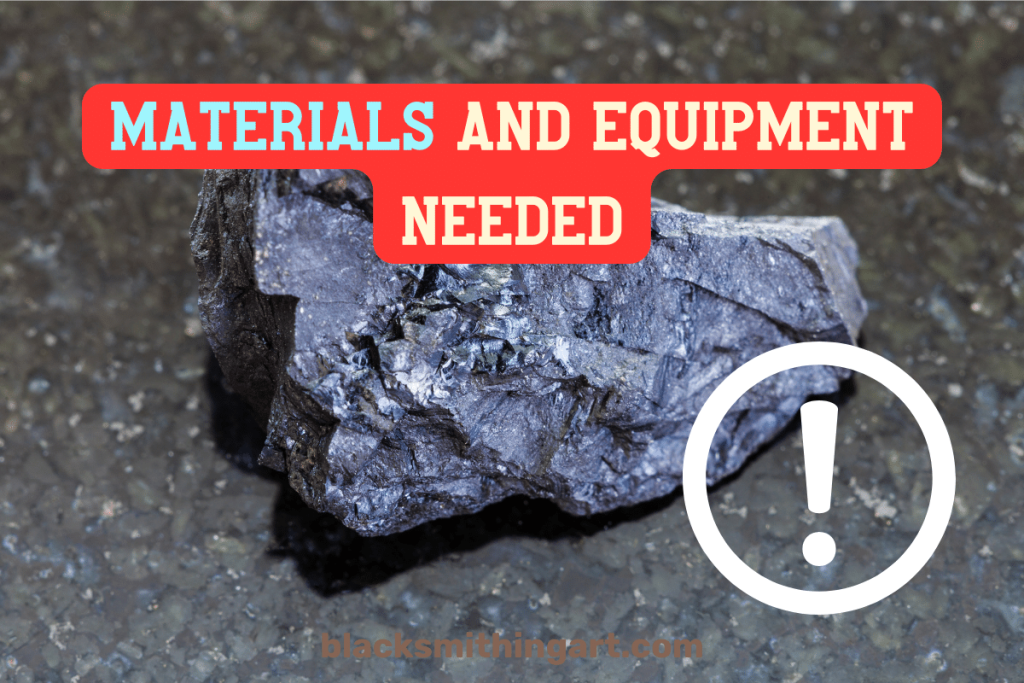
Before you start burning anthracite coal, I recommend gather the following materials and equipment:
- Anthracite coal. Ensure you have a clean and dry supply of anthracite coal fire. It’s essential to purchase wood coal from a reputable source.
- Stove or furnace. You’ll need a specially designed stove or furnace that is suitable for wood coal burning hot. Make sure it’s in good working condition and properly maintained.
- Draft control. Draft control mechanisms are essential for regulating air and maintaining the proper combustion gases.
- Shovel and tongs. These tools will help you handle the soft coal efficiently.
- Fire starters. You may need to start the fire or kindling to ignite the wood coal bed initially.
- Ash pan. You’ll need a container for ash pan removal to fill the stove or furnace clean.
Steps “How to burn anthracite coal”
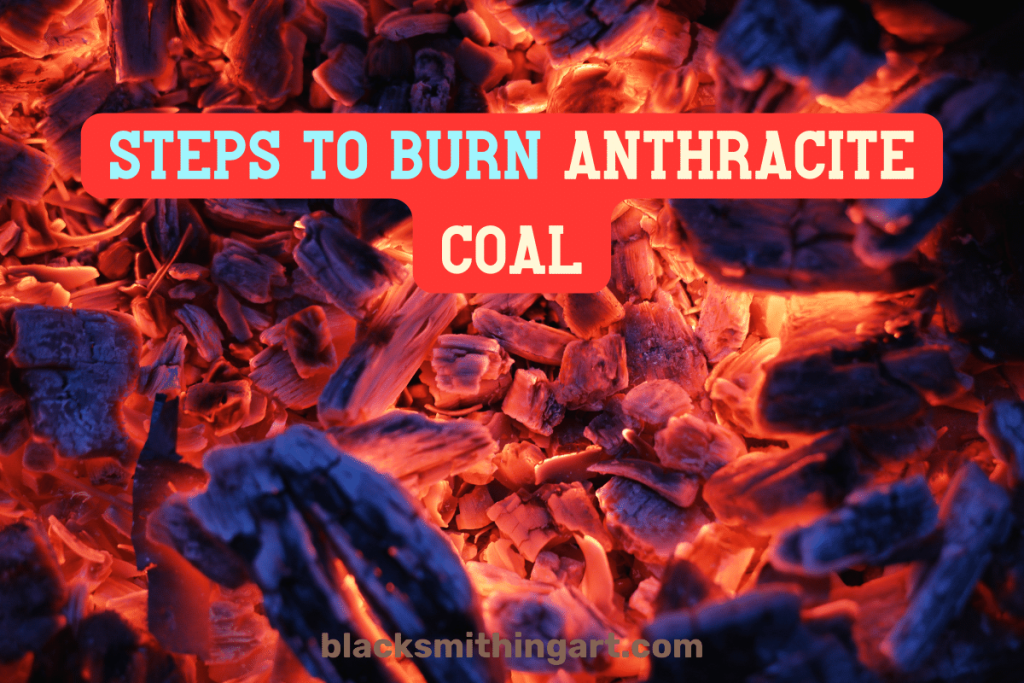
Follow the my instructions below:
Preparation
- Clean the ash pan and grates in your fill the stove or furnace. Ensure there is proper air through the appliance.
- Place the appropriate quantity of wood coal in the firebox. The amount may vary based on the size and type of your heating appliance.
Lighting the fire
- Create a small mound or pyramid of wood coal in the center of the firebox.
- Use fire starters or kindling to ignite the coal. Ensure there’s enough draft to provide oxygen for combustion.
- Once the deep bed coal stove is burning hot, add more in the first layer, working from the bottom up.
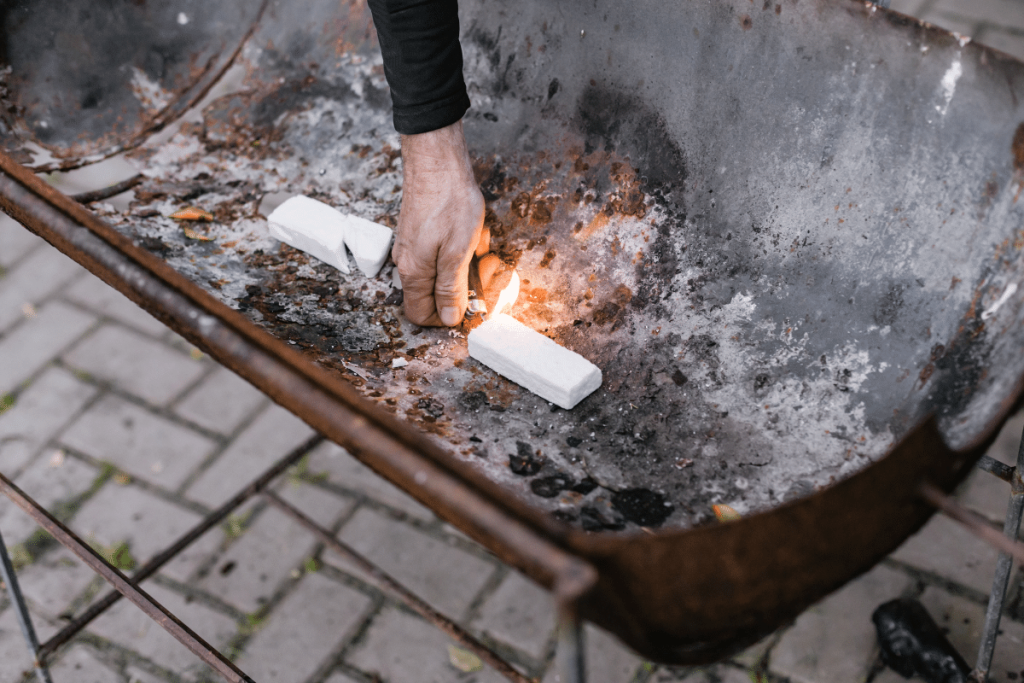
Maintaining the fire
- Monitor the temperature and draft control settings to maintain the desired heat output.
- Add a coal stove as needed to maintain a well-established fire. Avoid overloading the firebox.
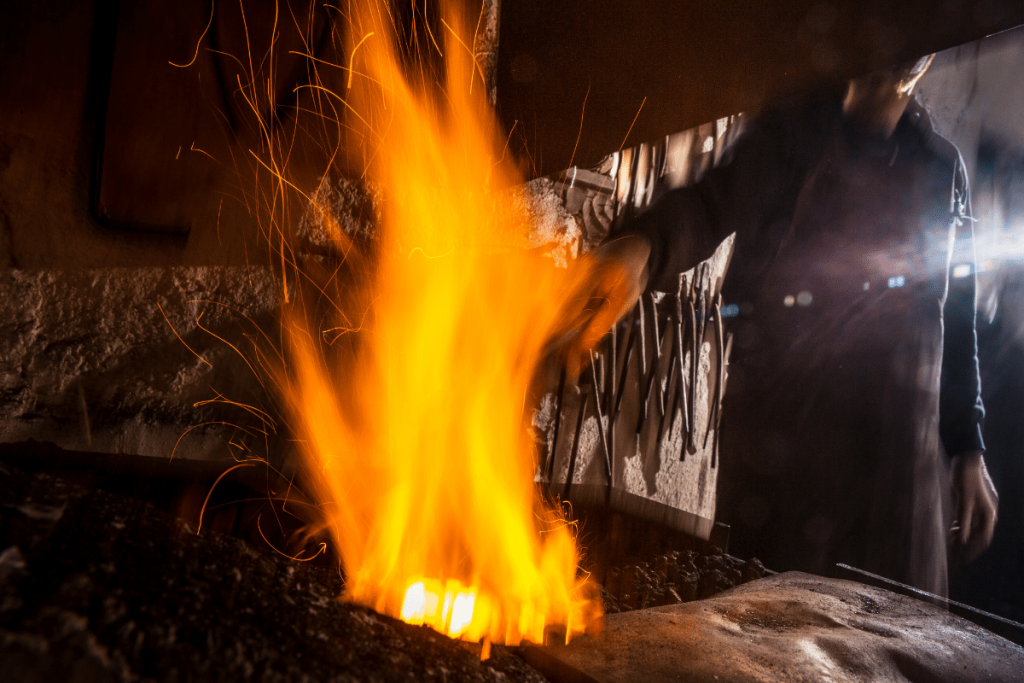
Safety
- Always follow the manufacturer’s guidelines and safety recommendations for your specific stove or furnace.
- Keep the area around the heating appliance clear of flammable materials.
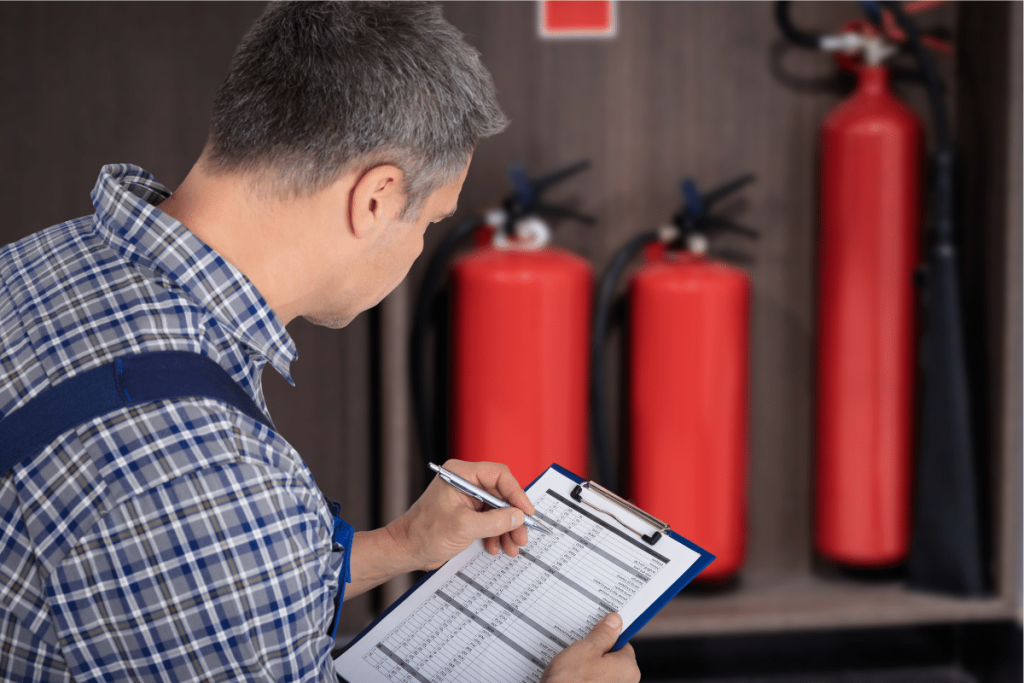
Open ash-door
- Regularly open the ash door to maintain proper air. Then dispose of the ash in a safe and appropriate manner.
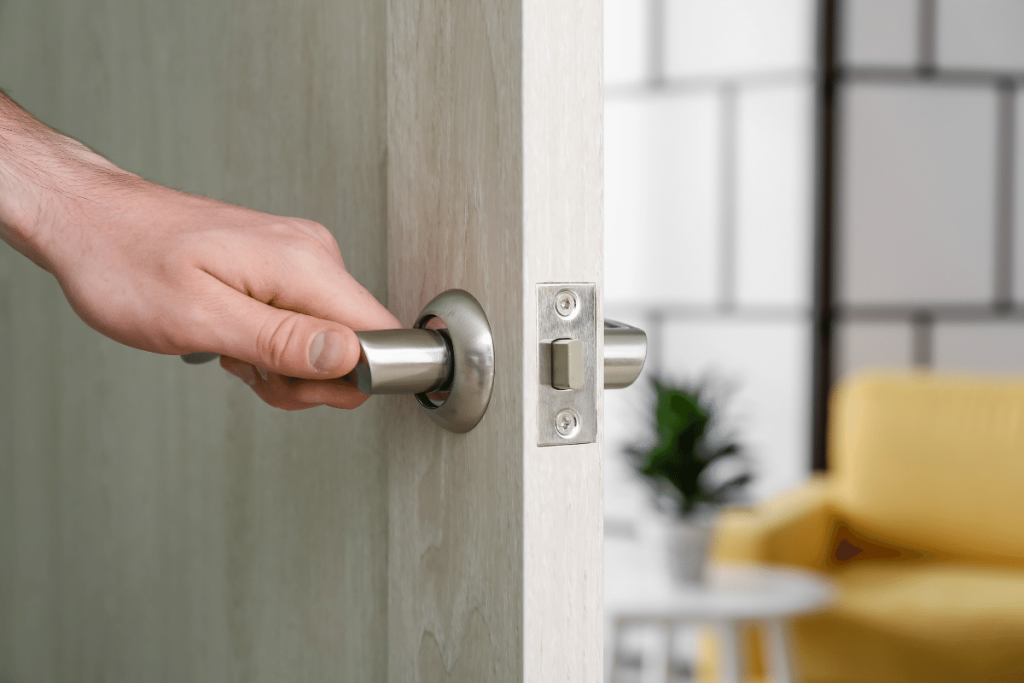
Tips for efficient anthracite coal burning
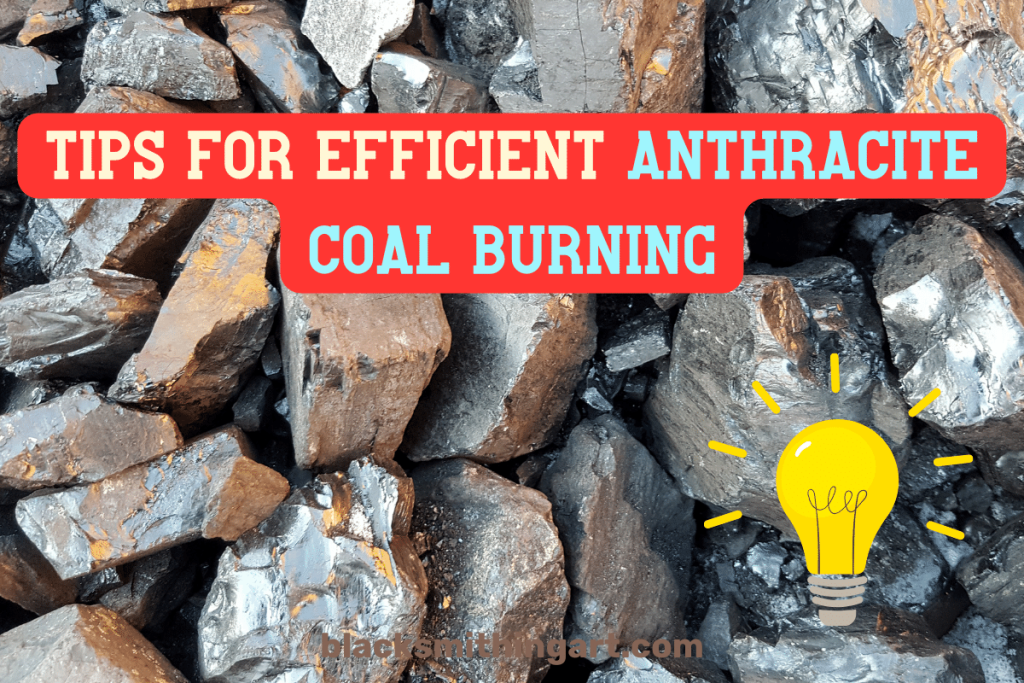
Use a high-quality coal stove to ensure a clean and efficient burn hot.
Ensure proper ventilation and draft control to maintain a steady, controlled burn.
Regularly clean and maintain your heating appliance to optimize performance.
Avoid using excessive amounts of a deep bed of coal stove, as this can lead to overheating and inefficient combustion.
Install a carbon monoxide detector to ensure safety in case of any issues with your heating system.
FAQ
What is the best way to burn anthracite?
Burning anthracite coal efficiently and safely requires careful attention to detail and adherence to best practices. The best way to burn anthracite involves the following steps and considerations:
1. Use the right equipment. Ensure you have a heating appliance (stove or furnace) specifically designed for burning anthracite. These appliances are designed to maximize the coal’s combustion efficiency.
2. Proper draft and ventilation. Maintain proper draft control and ventilation. Adequate airflow is crucial for combustion. Adjust the draft controls to regulate the air supply, ensuring that it’s not too high, which can lead to rapid burn, or too low, which can cause incomplete combustion.
3. Start with a small fire. Begin with a small fire and gradually build it up. Create a pyramid or mound of coal, and use fire starters or kindling to ignite the amounts of coal initially. This gradual process helps establish a stable hot fire.
4. Layering. Add coal in layers, starting from the bottom and working your way up. Allow each layer to catch fire before adding more coal. This helps maintain a consistent burn.
5. Regular maintenance. Clean and maintain your heating appliance regularly. Remove ash and clean the grates to ensure proper airflow and efficient combustion.
6. Temperature control. Monitor the temperature closely. A consistent, steady heat output is desirable for efficient heating. Use a thermostat or other temperature control methods if available.
7. Safety. Always prioritize safety. Install a carbon monoxide detector to ensure there is no risk of carbon monoxide buildup. Keep the area around the appliance clear of flammable materials.
8. Quality coal stoves. Too much anthracite coal stoves from reputable sources. Low-quality coal can lead to inefficiency and a higher production of ash.
9. Avoid overloading. Do not overload the firebox with bituminous coal. Overloading can lead to overheating and inefficient combustion. Follow the manufacturer’s recommendations for bituminous coal quantity.
10. Proper ash removal. Regularly remove ash to maintain proper airflow. Dispose of ash in a safe and appropriate manner. Ash buildup can impede combustion.
11. Patience. Wood coal can require a bit of patience. It might take some time to get the hot fire to the desired temperature, but once it’s burning steadily, it will provide a consistent and efficient source of heat.
12. Consult the manufacturer’s instructions. Always follow the manufacturer’s guidelines and instructions for your specific heating appliance. They may have specific recommendations for optimal burning.
Can you burn anthracite coal in an open fire?
Burning wood coal in an open fire or an open fireplace is generally not recommended.
While anthracite burning coal is known for its clean-burning properties and high heat output, it is more suitable for use in specially designed stoves and furnaces that are equipped to handle solid fuel combustion efficiently. Here are a few reasons why anthracite burning coal is not ideal for open fires:
1. Airflow and control. Anthracite burning coal requires precise control of airflow and combustion conditions to burn efficiently and cleanly. Open fires lack the control mechanisms needed to regulate air supply, making it challenging to maintain the necessary conditions for anthracite combustion.
2. Safety concerns. Open fires pose significant safety risks when used with anthracite burning coal. The lack of proper containment can lead to sparks, flying embers, and the potential for accidental fires in the surrounding area.
3. Incomplete combustion. Burn coal fire requires controlled combustion temperatures and conditions to achieve complete and clean burning. Open fires often do not reach the necessary temperatures, resulting in incomplete combustion, which can lead to the release of harmful gases like carbon monoxide.
4. Efficiency. Open fires are generally less efficient for heating compared to dedicated stoves or furnaces. Burning anthracite in an open fire can result in significant heat loss and lower overall efficiency.
5. Environmental impact. Incomplete combustion in an open fire can lead to increased emissions of particulate matter, which can have negative environmental consequences and impact air quality.
If you want to use wood coal fire as a heating source, it is highly advisable to use it in a properly designed and maintained stove or furnace that is intended for solid fuel combustion.
These appliances have the necessary features for controlling air supply, maintaining combustion conditions, and ensuring safety.
The burn coal in an open fire may not only be inefficient but can also pose safety and environmental risks. It is essential to prioritize safety and environmental responsibility when using solid fuels like wood coal fire for heating.
How long does it take for anthracite coal to burn?
The burning time for bituminous coal fire can vary depending on various factors, including the amounts of coal, the amount used, the combustion conditions, and the type of heating appliance being used.
On average, a well-controlled fire with an anthracite coal fire in a suitable stove or furnace can burn for several hours to even a day or more without needing constant refueling.
The high energy content of anthracite coal fire allows for a slow, steady burn, making it an efficient and long-lasting heat source.
Why is anthracite difficult to burn?
Anthracite is difficult to burn due to its high carbon content, low volatile matter, and the need for precise combustion conditions, including temperature and airflow control.
Conclusion
Learning how to anthracite coal burns is an efficient and environmentally friendly way to heat your home or business. By following the steps outlined in this guide and adhering to safety measures, you can enjoy the benefits of anthracite coal as a reliable and clean-burning energy source.
Make sure to follow the manufacturer’s instructions for your specific heating appliance and practice a safe and responsible deep bed of coal burning.
